

Less Cruelty, More Love
Thinking of making the switch to cruelty-free products? Don’t worry, switching isn’t as hard as you’d think! A little research and patience are all it takes! We’ve made an easy-peasy outline below on how to get started.
While this guide was created with beauty products in mind, it’s helpful no matter which type of cruelty-free products you’re looking to incorporate into your life.
How to Switch to Cruelty-Free Beauty
1. Educate Yourself
First and foremost it’s important to fully understand what cruelty-free entails and the proper ways to determine if a brand is cruelty-free. Cruelty-free is the term given to products that were made without animal testing. See how we determine which brands are cruelty-free here.
2. Know Your Bunnies
Not every product with a bunny image or the words “not tested on animals” is cruelty-free. At this time, there are only 3 vetted cruelty-free bunny logo programs.
- Leaping Bunny (Cruelty Free International) – Leaping Bunny is an international coalition that vets brands and ensures they don’t test on animas/sell in places where testing is mandated. They audit brands regularly and are the most trusthworthy program of the three.
- Choose Cruelty Free – Choose Cruelty Free is an Australian-based non-profit organization that ensures products aren’t tested on animals (AU products only).
- PETA – PETA’s Beauty Without Bunnies program (USA) aks brand to submit a questionaire and sign a document promising they don’t test on animals. PETA charges brands for use of their bunny logo and are the least trustworthy of the three.
3. Know China’s Animal Testing Laws
Animal testing still happens in some countries, such as mainland China. While the animal testing laws have changed in recent years, products sold on Chinese shelves are subject to post-market testing. Ethical Elephant has a great breakdown of China’s animal testing laws here.
4. Know the Parent Company
It’s important to know where you stand with parent companies and their cruelty-free status. A brand itself may be cruelty-free, while its parent company is not. Some people won’t purchase from brands whose parent company is not cruelty-free. The choice is yours.
5. Know Your Resources
There are plenty of resources out there for finding cruelty-free brands, such as the Leaping Bunny Program, well-informed bloggers (Ethical Elephant, Cruelty-Free Kitty, and us, of course – if clean beauty is your thing).
You can view our list of Clean and Cruelty-Free brands here. If you can’t find any information about a brand’s animal testing policies online you should reach out and ask the brand directly. Click here to see what questions we ask when reaching out to brands.
6. Go Slow & Don’t Toss
Making the switch to cruelty-free products should be gradual. You don’t need to run to the store and buy all new products at once or throw out what you already have. Use up the products you own and replace them with a comparable cruelty-free product once they’re empty.
7. Be Patient
If you have a go-to product that is not cruelty-free it may be frustrating to find something comparable. Fortunately, the cruelty-free market has exploded with a ton of options! Keep the faith and don’t revert back to animal-tested products. Enjoy the process and experiment with new products!
Helpful Cruelty-Free Resources
- Beginner’s Guide to Cruelty-Free Makeup
- Cruelty-Free Makeup & Skin Care Brands
- Clean + Cruelty-Free Brand List
- The Leaping Bunny Database
- How to Ask a Brand If They’re Cruelty-Free
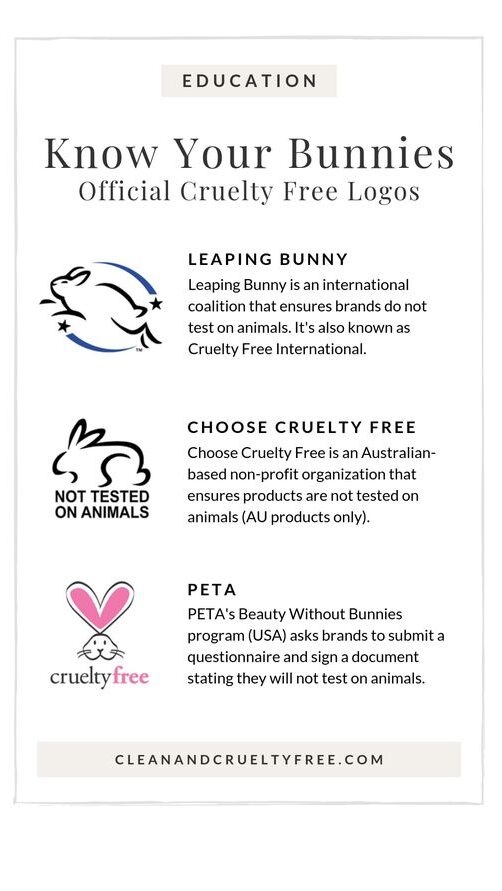

This post may contain affiliate links from which we earn a commission, at no cost to you. Nothing stated above should be used in lieu of professional medical advice. All opinions are our own.
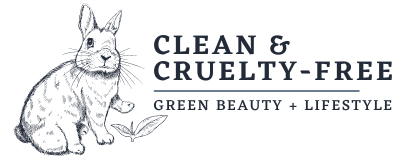
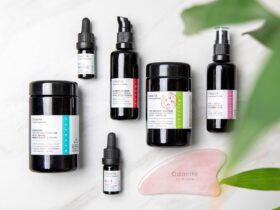

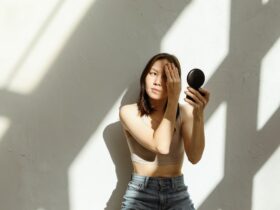
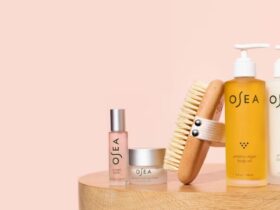
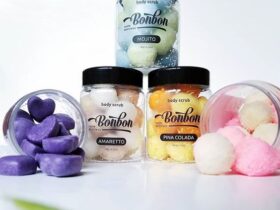
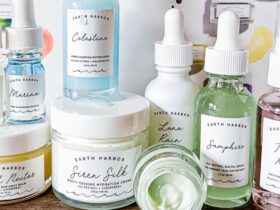
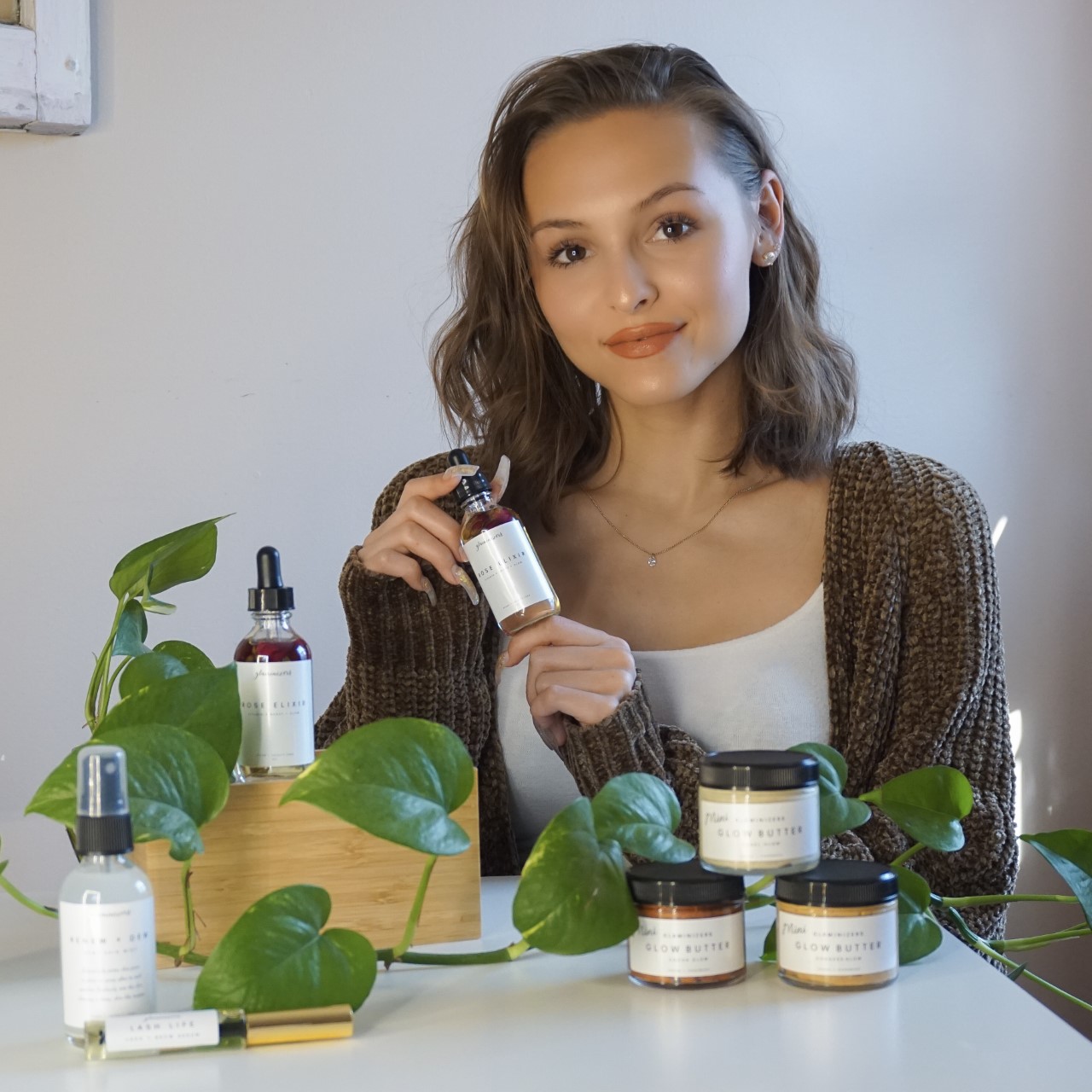
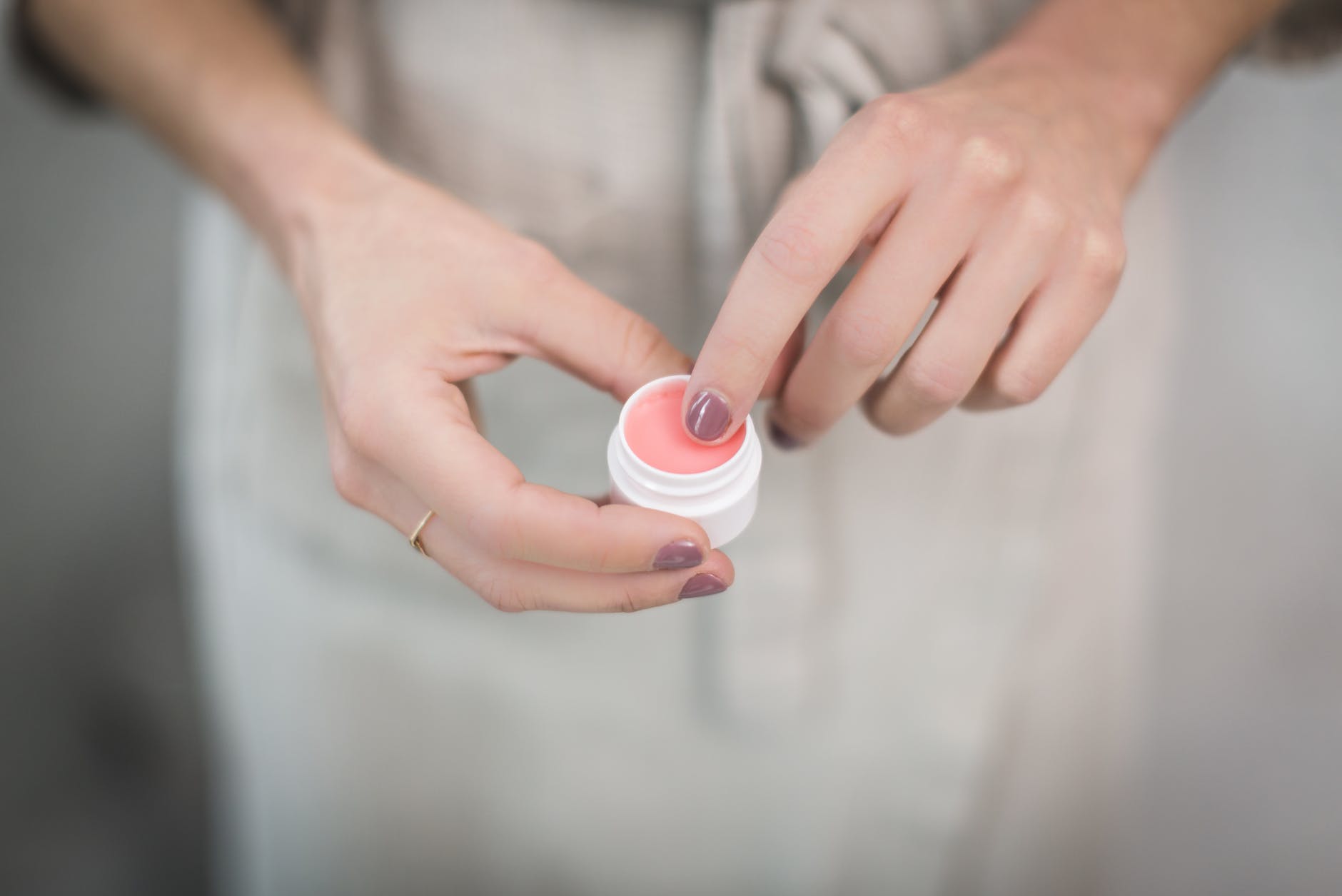

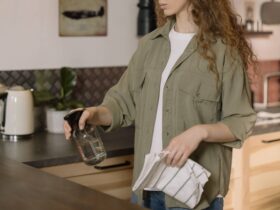

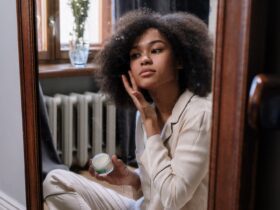


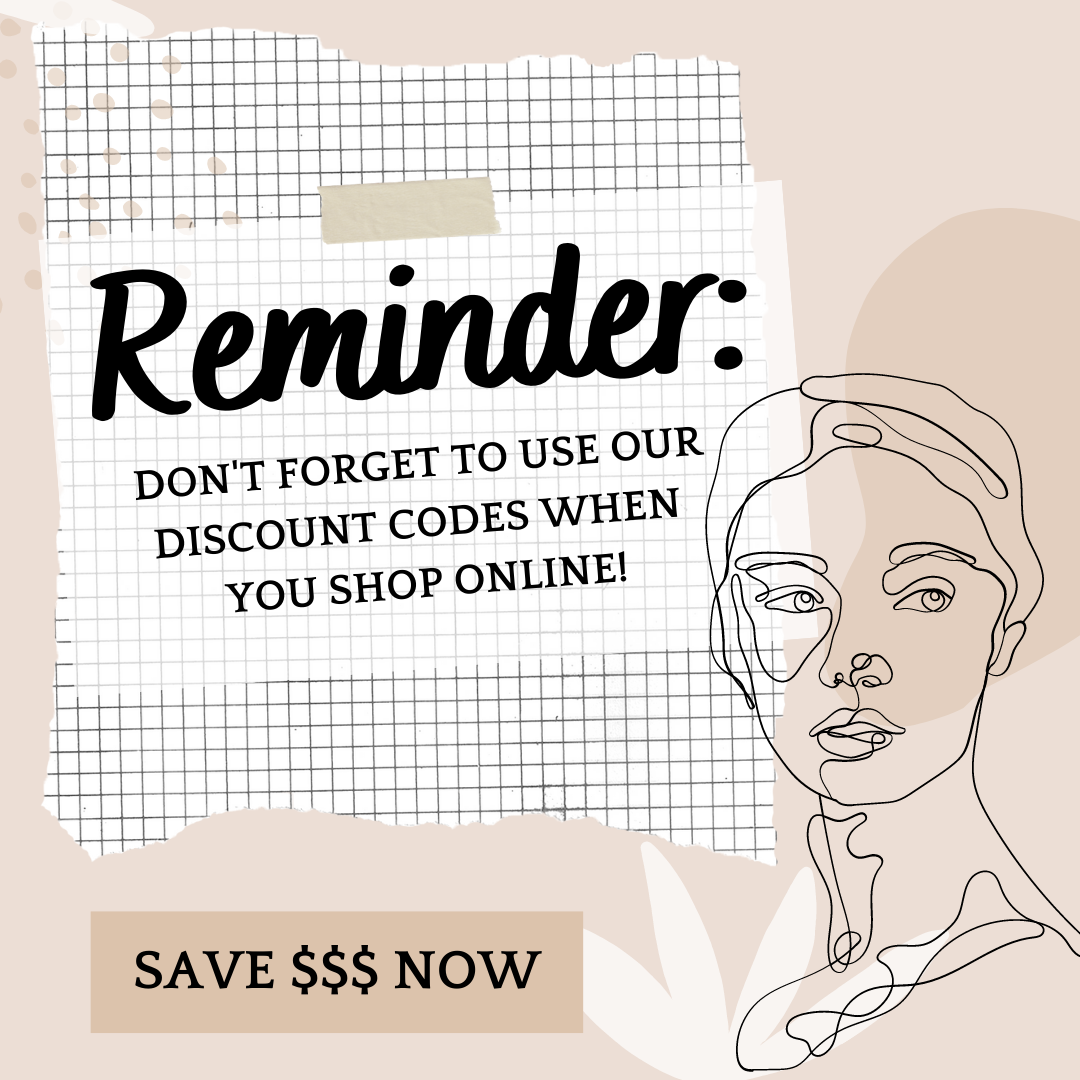



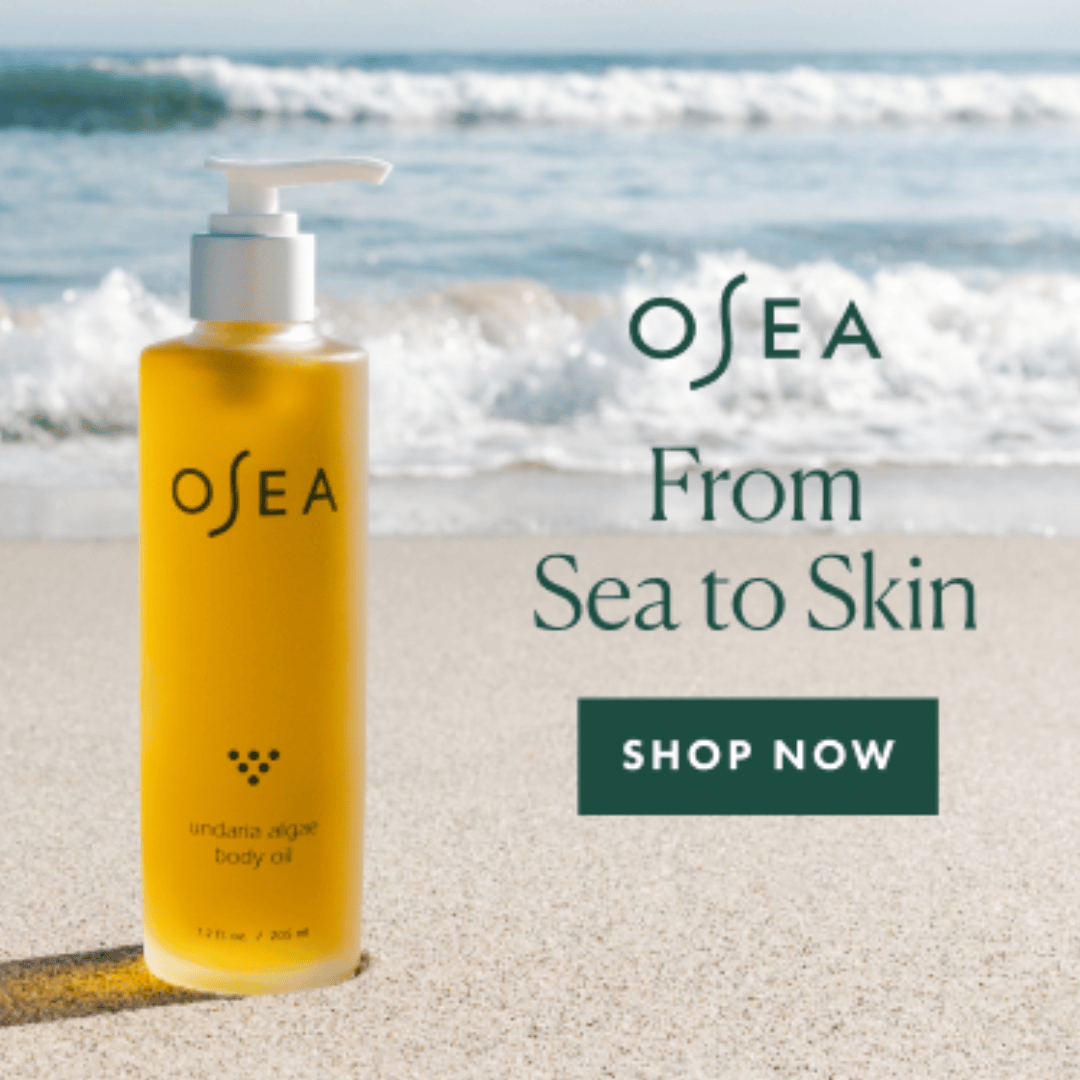
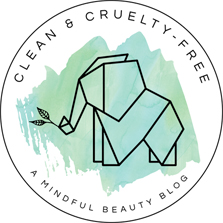

Leave a Reply